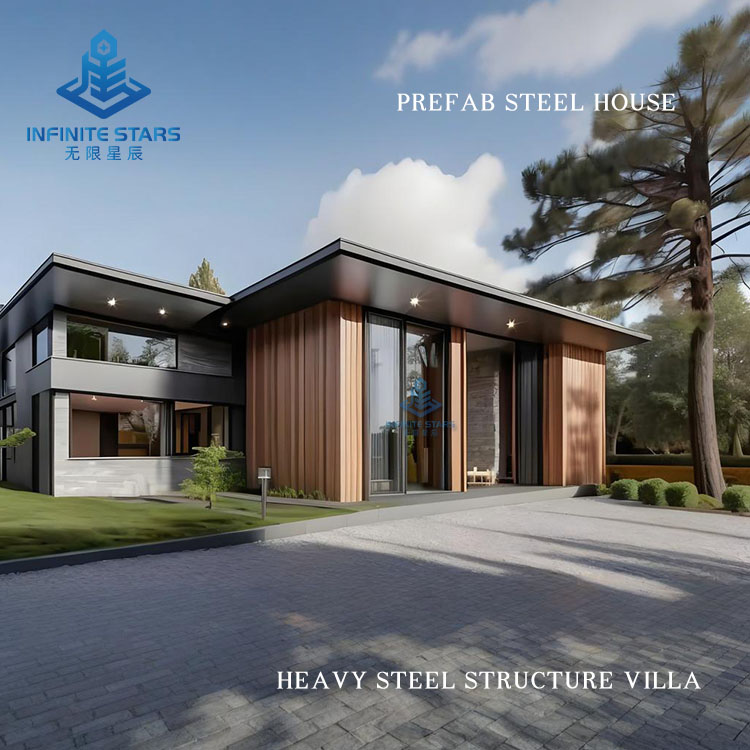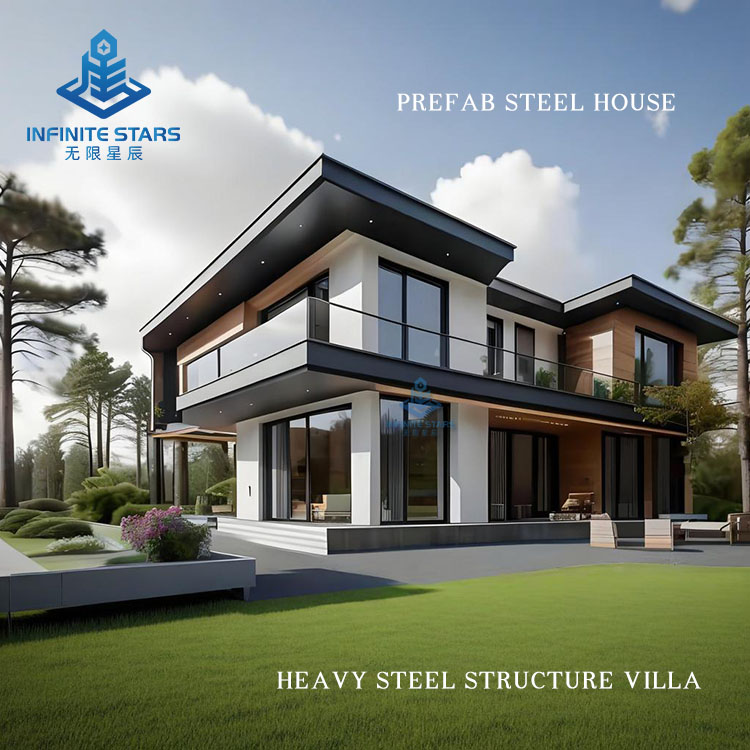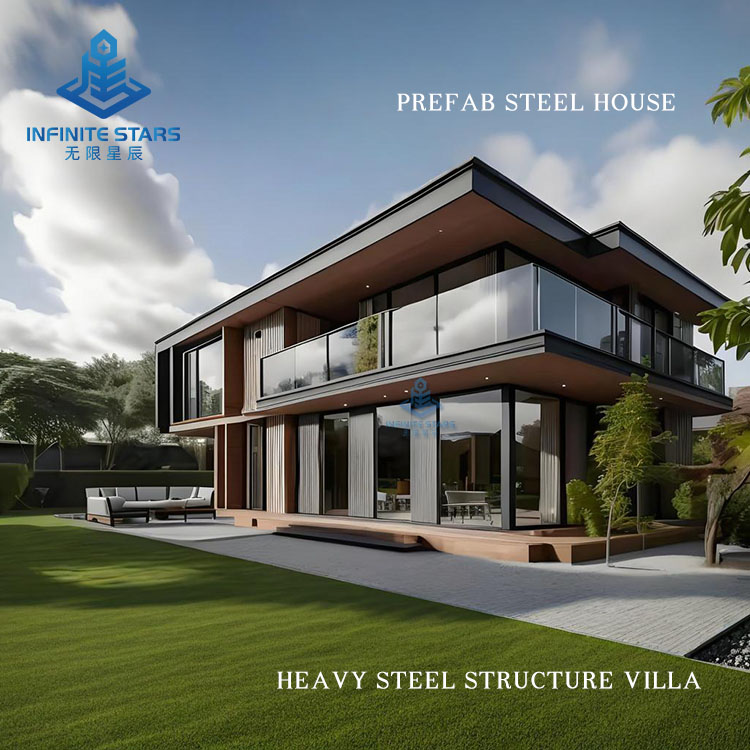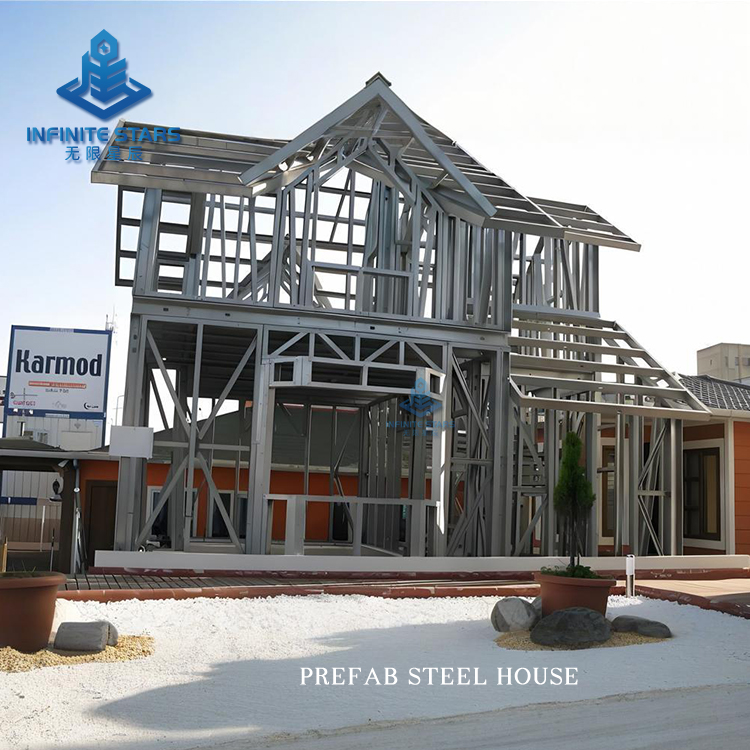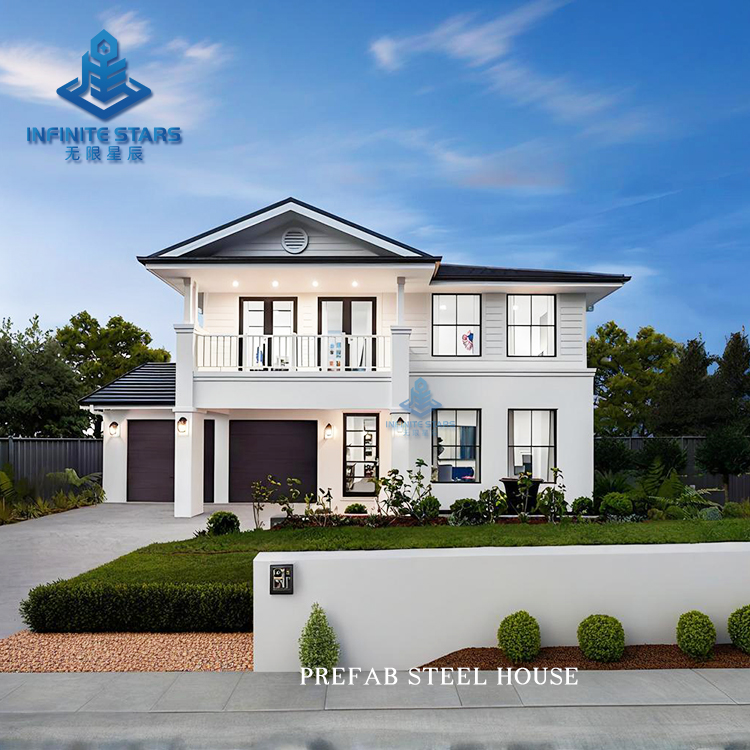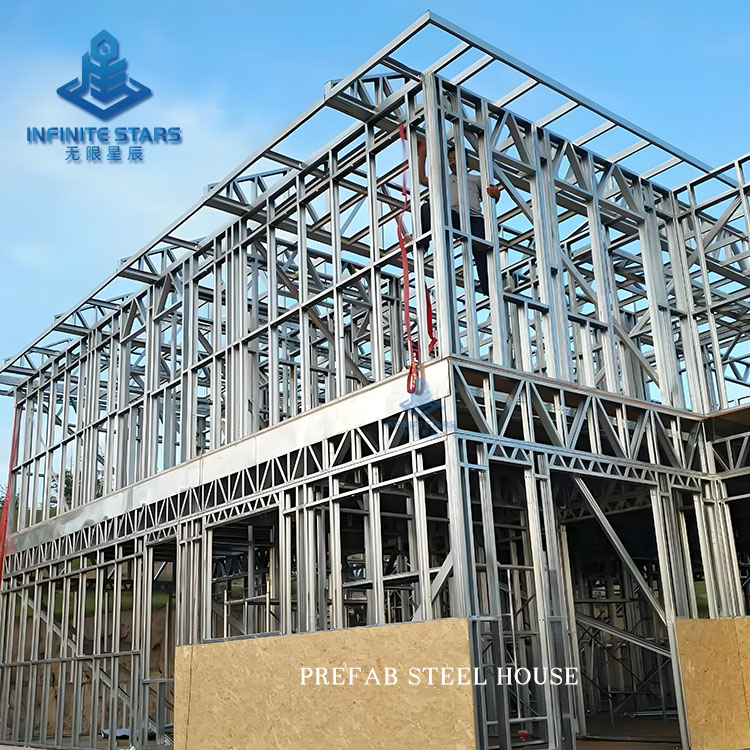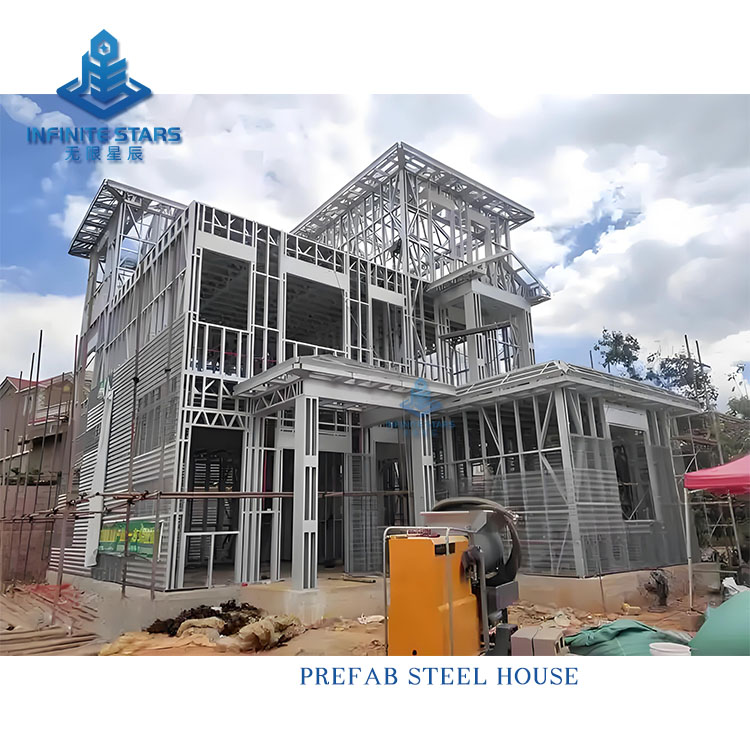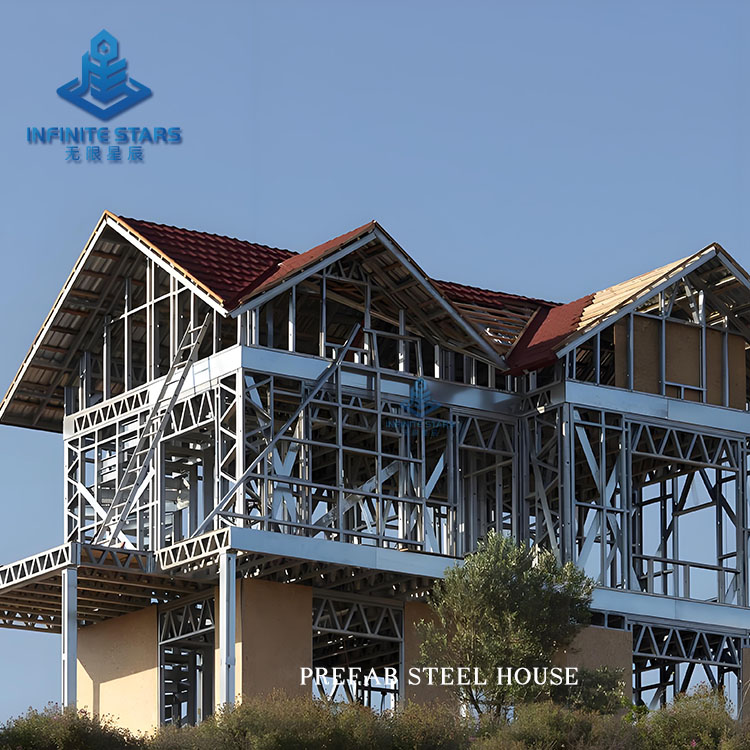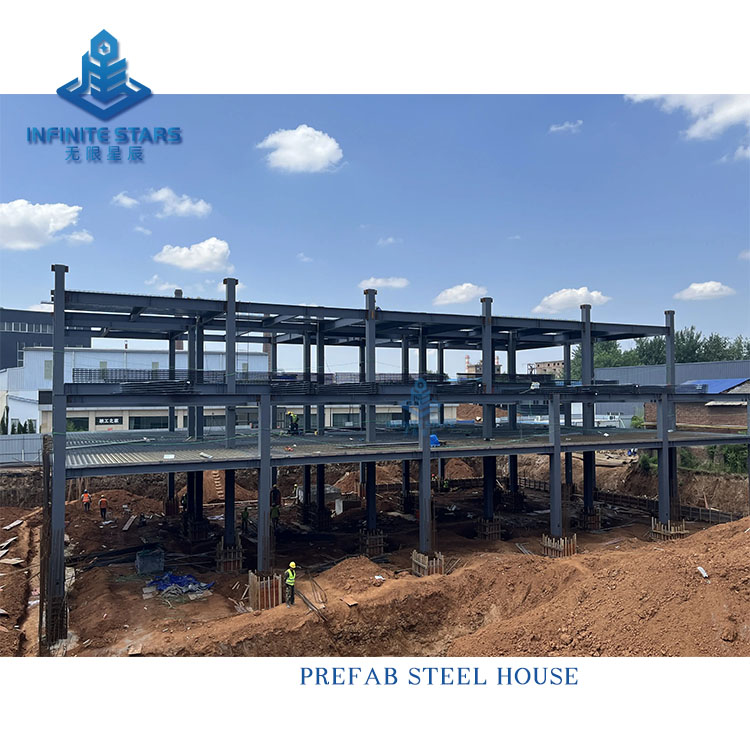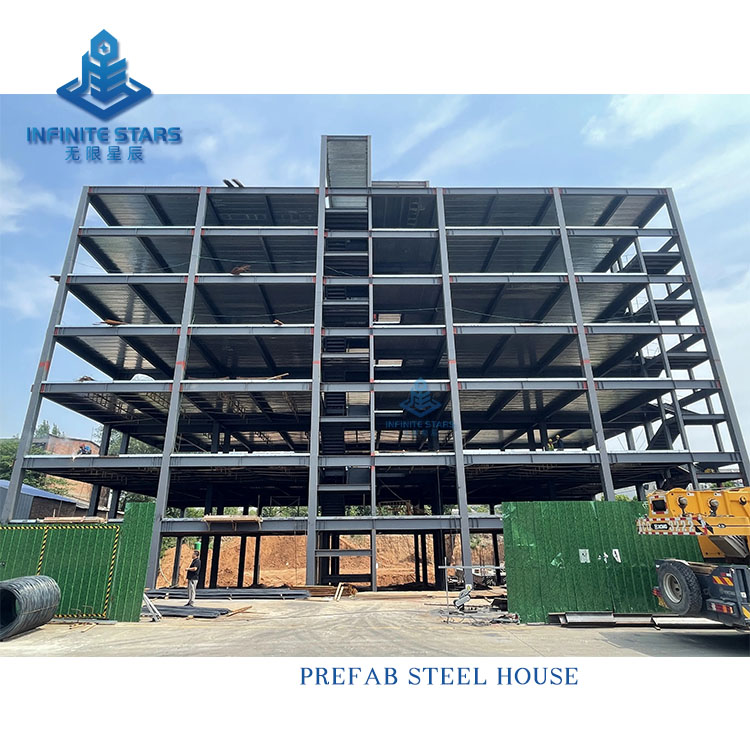Introduction to Prefabricated Steel Structure Buildings
Prefabricated steel structure buildings are a construction method that involves factory-made components assembled on-site. They are known for their efficiency, eco-friendliness, and flexibility. Below is a detailed introduction:
1. Key Features
Factory Prefabrication: Main structural components (beams, columns, wall panels, etc.) are standardized and produced in factories, ensuring high precision and controlled quality.
On-Site Assembly: Components are transported and quickly assembled like "building blocks," reducing construction time by 30%-50% compared to traditional methods.
Material Advantages: Steel offers high strength, lightweight properties, excellent seismic resistance (up to magnitude 8), and long-term durability.
Eco-Friendly & Energy-Efficient: Over 80% of materials are recyclable, minimizing construction waste. Insulation designs enhance energy efficiency.
2. Main Types
Light Steel Structures: Commonly used for low-rise residential buildings (up to 3 floors), ideal for rural homes and villas.
Heavy Steel Structures: Suited for multi-story or large-scale public buildings (e.g., factories, warehouses) with higher load-bearing capacity.
Modular Houses: Entire rooms are prefabricated in factories and hoisted into place, enabling ultra-fast construction (e.g., container houses).
3. Advantages
Speed: A 200㎡ house can be completed in 1-2 months (vs. 6+ months for traditional methods).
Cost Control: Mass production reduces material waste, cutting labor costs by ~30%.
Design Flexibility: Large-span steel structures allow open layouts and diverse architectural styles.
Adaptability: Suitable for complex terrains (mountains, disaster zones) with lower foundation requirements.
4. Applications
Residential: Rural homes, vacation villas, affordable housing.
Commercial: Budget hotels, supermarkets, exhibition halls.
Public Buildings: Schools, hospitals, emergency facilities.
Industrial: Factories, warehouses, greenhouses.
5. Considerations
Corrosion Prevention: Requires galvanization or regular maintenance, especially in humid environments.
Thermal & Sound Insulation: Materials like rock wool or fiberglass improve comfort.
Professional Team: Integrated








